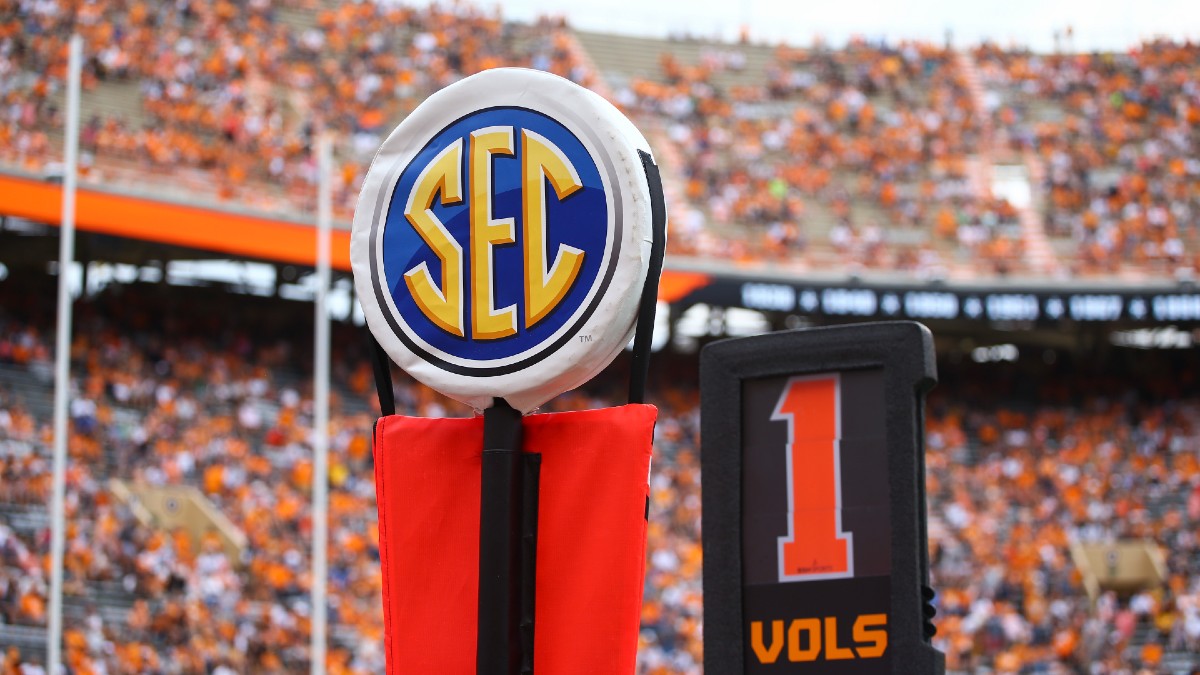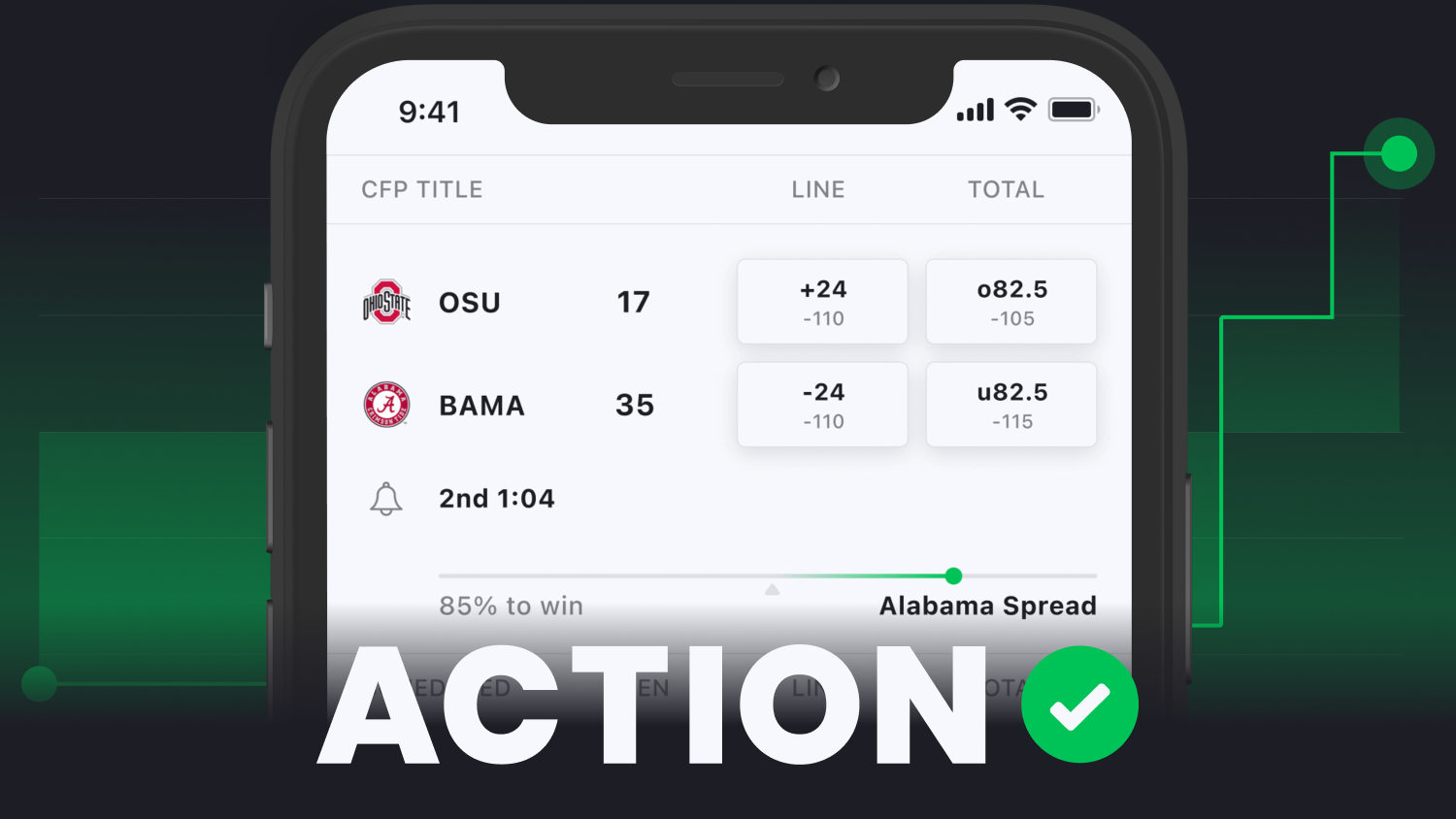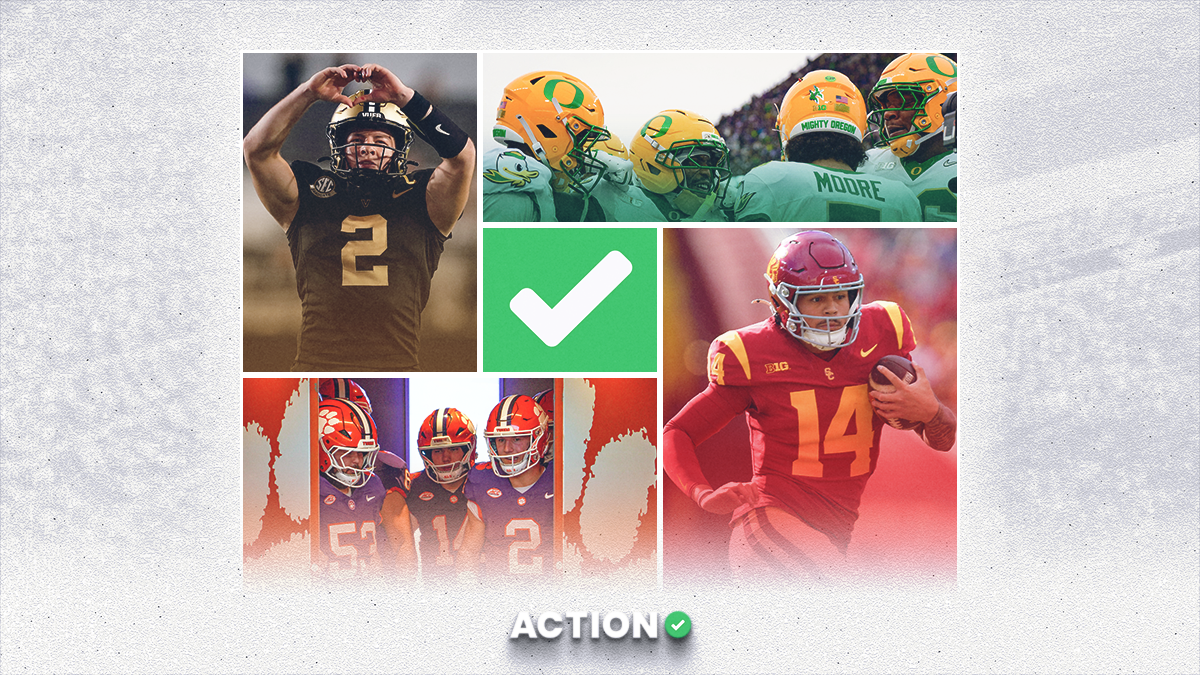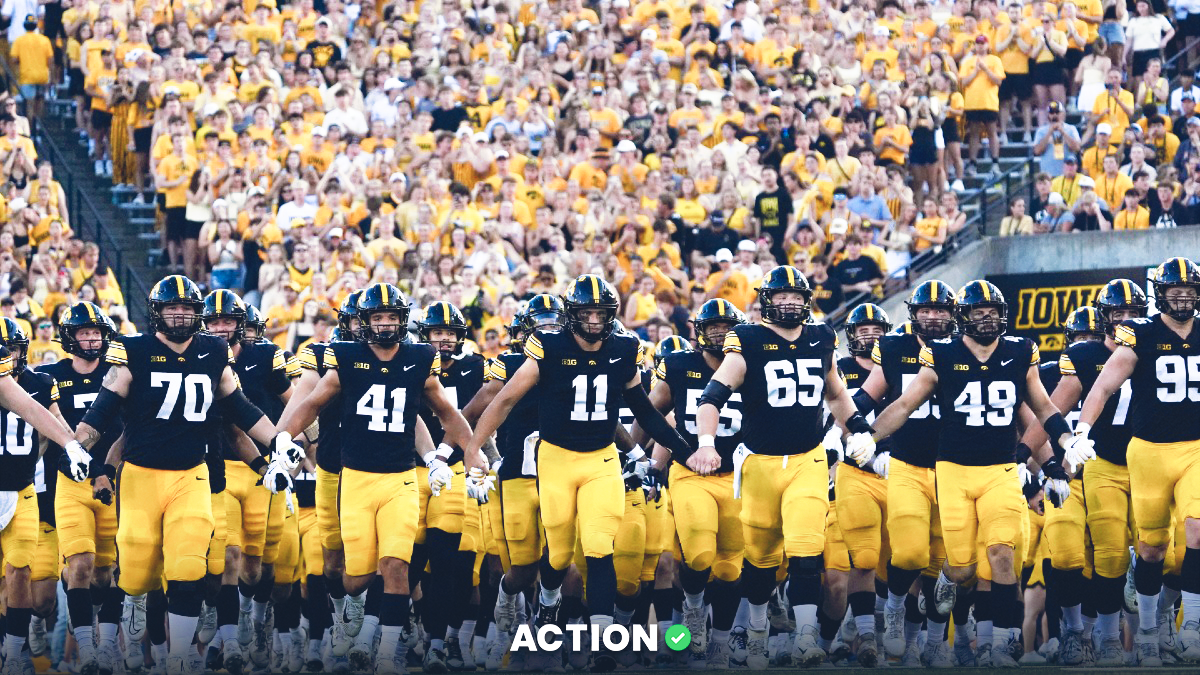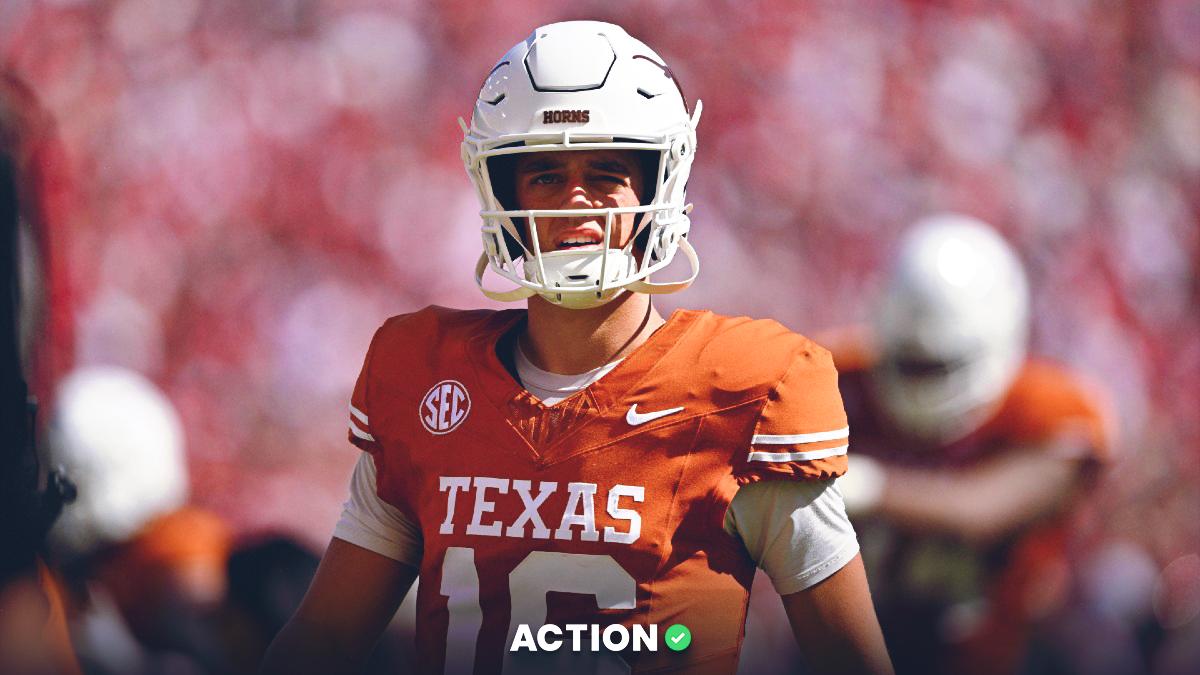The college football world has been abuzz about more than just conference realignment.
The Playing Rules Oversight Panel approved changes to how the game clock will run during FBS games this season. The clock has been stopped to set the ball after a first down since 1968, but this season, the clock will continue to run after first downs.
Throughout the summer, I had the opportunity to ask each individual head coach about the new clock rules and the expected decrease in their number of possessions. Gus Malzahn and Sonny Dykes both indicated little change is coming to their tempo offenses, but others indicated it would have an influence on late fourth-down situations.
Arizona State head coach Kenny Dillingham discussed his approximation that nearly eight minutes of clock would burn with the new rule.
From a historical perspective, the average number of first downs in a game is generally around 38. Each first down will take five to eight seconds of game clock to set the ball, coming out to an average of 3.2 to 5.1 minutes of clock burned just for spotting the ball.
For teams that boast high marks in Success Rate and low marks in explosive plays, the scoring could be minimal with a game log full of double-digit plays per drive.
This article will look at last year's tempo numbers, denoting where new offensive coordinators could make changes in expected possessions per game. Also in scope are our projections for totals on Week 0 and Week 1.
First, a look at the 2022 pace metrics for each team:

New Offensive Coordinators to Watch
The biggest contrast in tempo this season will come at Wisconsin, where Phil Longo takes over play-calling duties. The Badgers finished 121st in pace last season, but the implementation of a passing offense led by quarterback Tanner Mordecai is sure to increase pace.
Longo has long led fast-paced offenses in his years at Ole Miss and North Carolina, leading the Tar Heels to a tempo rank of 26th last season.
Speaking of North Carolina, Chip Lindsey will take over play-calling duties on offense for head coach Mack Brown.
There should be a severe shift in tempo considering Lindsey’s previous stops at Troy, Auburn and Southern Miss. Expect North Carolina to fall from a top-30 rank in seconds per play to a bottom-50 finish.
There may be an uptick in pace during Bo Nix’s final season at Oregon. New offensive coordinator Will Stein was a part of the UTSA staff that ranked top-25 in tempo.
Although the Ducks were one of the most successful offenses nationally in 2022, then-coordinator Kenny Dillingham ran a tempo of 26 seconds per play.
Two SEC East schools that experienced coordinator turnover but have no expected change in pace are Kentucky and Georgia. The Wildcats went back to Liam Coen after a successful stint in Lexington in 2021. Kentucky finished near dead last in pace in 2022, and there aren't any expected changes with Coen once again on the headset.
The Bulldogs promoted from within upon the departure of Todd Monken. Mike Bobo is familiar with Georgia formations and personnel, and head coach Kirby Smart indicated a desire to keep the same systems in place from a season ago.
Chad Scott has taken over coordinator duties at West Virginia after serving as the running backs coach.
Head coach Neal Brown emphatically stated during Big 12 Media Days that he will be calling all offensive plays for the Mountaineers. The former quarterbacks coach at Kentucky and Texas Tech has plenty of play-calling experience, but a desire to run the ball will be the mission objective this season.
Look for West Virginia to fall from a tempo rank of 50th in 2022.

Projections for Week 0
Totals calculated at Action Network follow a different formula than that of oddsmakers. Projected team totals are modified by oddsmakers to make a game total during the season without taking advanced statistical measures into account.
The projected total listed above is a calculation of numerous variables. Not only is tempo a factor, but yards per play and Finishing Drives also play a role.
If a team averages more than the standard 3.6 points on drives that extend past the 40, a total may be calculated higher than the current market number.
Adjustments have been made for the change in coordinators at each school where needed.
On top of the calculations to put out projected totals is also a 5% decrease in over/under numbers to account for the new clock rules. With 3.2 to 5.1 minutes of game clock expected to evaporate after every first down, totals were lowered across the board.


